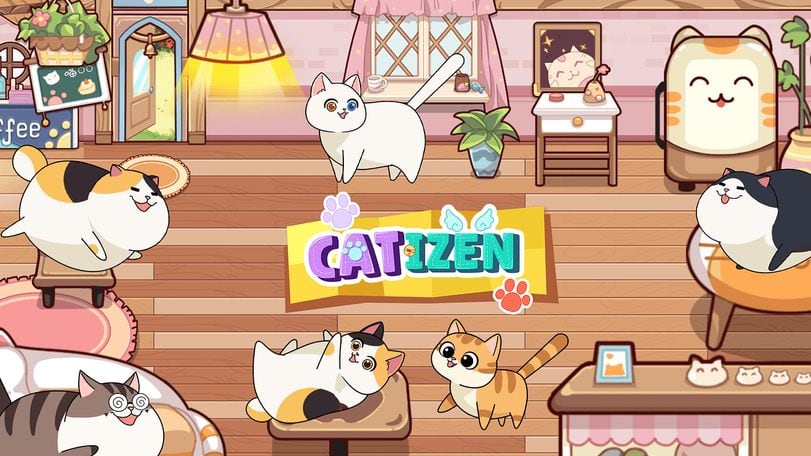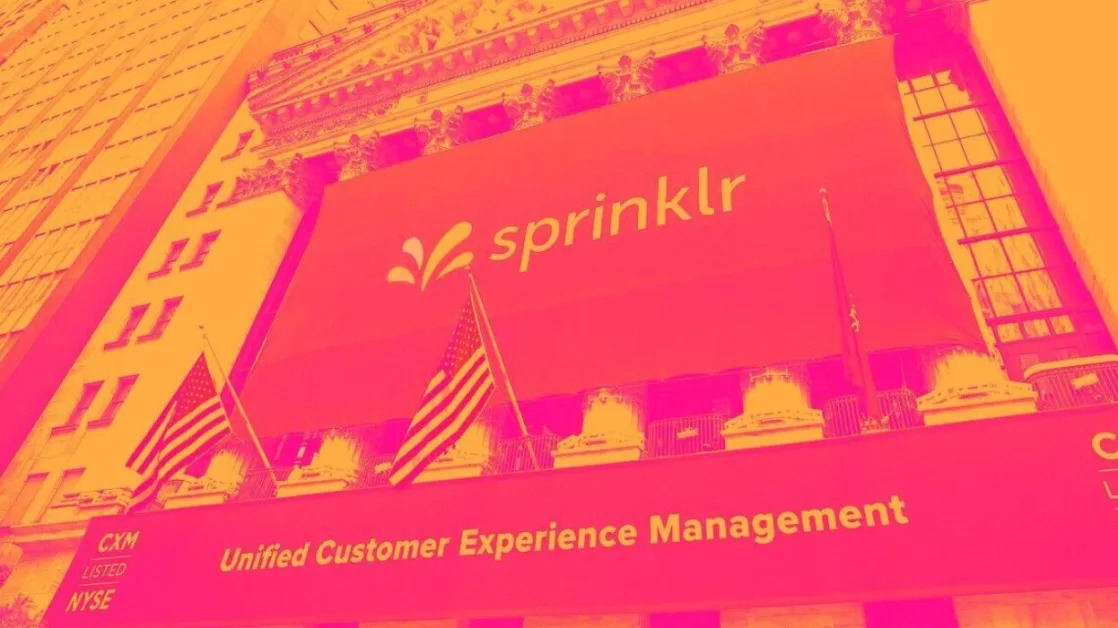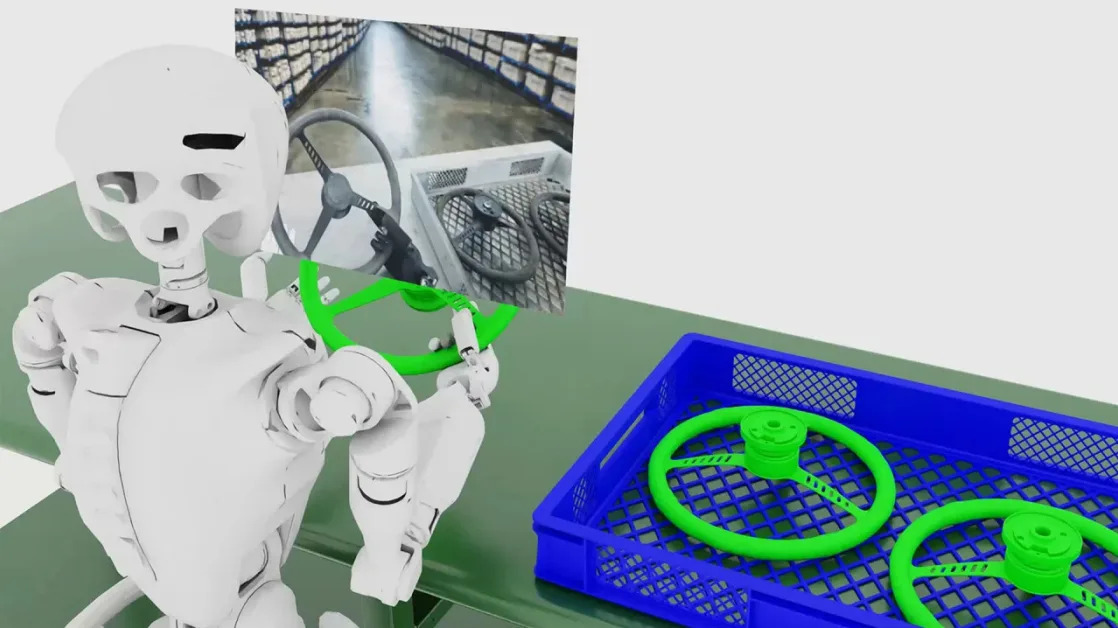Mobile gaming is big in China. It has been for years. Much of the country plays so-called “mini-games” on their phones, often via WeChat messenger. The games are simple and fun and addictive. “It was a fast-growing, very attractive ecosystem with millions of games,” says investor Tim Wong, who poured equity and energy into hit WeChat games.
This interview is part of CoinDesk's GameFi Theme Week .
But the WeChat universe was crowded. What about a new and flourishing platform? What about…Telegram? And what about incorporating some new tools unlocked by Web3? “We saw the potential,” says Wong. “And, we wondered, is it possible for us to copy the success of the WeChat mini-game to the Telegram ecosystem?”
The short answer is yes.
In January 2024, “Catizen AI” launched on The Open Network, aka TON — Telegram’s Web3 ecosystem. The game is booming. Since January they’ve amassed 23 million players, with 1.3 million having on-chain activity, according to the company.
The secret to this explosive growth? Part of it is the strategic use of airdrops (an incentive for game engagement), part of it is the new tools from Web3 (a sneaky-powerful way to scale player acquisition), but the biggest part is something rather old-fashioned. “Fundamentally, a game has to give you emotional value,” says Wong, who’s now Chairman of the Catizen Foundation. And that emotion starts with Wong’s own stray cats.
Interview has been condensed and lightly edited for clarity.
Where did the idea for Catizen come from? Why cats?
Tim Wong: I mean, all the co-founders are cat lovers. I myself have adopted three stray cats. One of them is called Sunflower, one is Eleven, and one is Yonghua, a Chinese term for prosperity. I mean, we love cats.
And we knew that cats are a universal language, per se. There are so many cat lovers in the world. In countries where the birth rate is dropping, for some couples, cats are becoming like a third member of the family.
We also looked at the geographic user profile of Telegram. You’ll see countries like Russia and Ukraine, and these places are really cat lover countries. We knew that we had to do something about cats.
What are some of the Web3 tools and features that have enabled your rapid growth?
The first is with user acquisition. In Web2, you start to pay ads and you pay Facebook and you pay Instagram, and the cost of acquiring a new user keeps going up, and you’re not left with much. We look at Web3 economics as a low-cost, innovative way to acquire new users.
I don’t know the numbers exactly, but in the Web2 world, maybe you spend 100 bucks for a new user. In Web3, if you have a good game and you have enough attention, you can push out a player referral program, and even before your token is listed you can say, “Hey Jeff, refer your friend, and we’ll give you the equivalent of one CATI token.” It’s a low-cost way for developers to acquire new players. Or if your friend makes in-game purchases, we can give you profit-sharing. That’s impossible in a Web2 world.
What are some other Web3 benefits? I’m guessing a big one is that now players can truly own in-game purchases, and their assets are no locker locked into one platform.
Yes, we’re on the same page. And also, Web3 tools allow for asset flows between games. So in our game platform, with the CATI token, if you’re bored with one game, you can transfer your asset to the second game. While in the Web2 world, you rush the risk of the gaming company just closing down the server and all of your purchases from the past are gone.
The airdrop model is obviously crucial to TON games’ growth. Can you talk about how you’ve been thinking about airdrops?
I think users now like projects that have no investors in the tokenomics. They like less investors, more airdrops to the players, so they get more benefits. And for us, all we wanted to do, fundamentally, is develop and publish games that are actually fun to play. We want to give emotional value to players that play our games. We’re not here to launch a game, get attention, list the token, sell the token, make money, and forget about it. We are here to build a business ecosystem that can last or, I don’t know, 10, 20, 30 years, maybe until I retire.
Do you have a sense of who’s playing the game, as far as Web3 veterans or Web3 newbies?
I can give you a figure, actually. We have about 500k paid-in players. So 500k players who spend some sort of money or token in our game, which is a lot. And roughly 50% of them, according to our stats, have never had a Web3 token wallet before.
We get a lot of consumer-type players, which proves that our team has the ability to make good games that people are willing to play without the expectation for something monetary in return.

Your game is officially called Catizen AI. What’s the role of AI in this, exactly?
Our adoption of AI is maybe not as sexy or exciting as one might think. But we have this program called Catizen, Always by Your Side, which was in our initial roadmap.
As cat lovers, we want players or users or fans to be able to carry a cat around. So we are working with Google’s Web3 AI team to develop this function where for the cats you own in the game, you can take the image out, and with your phone, you can take a photo [in real life] but then the cat will be there.
And then the AI will train your Augmented Reality cat, in accordance with how you interact with a real-life cat.
That actually is interesting and sexy! I mean to the extent that cats are sexy. Long term, though, what’s the secret for these TON games becoming sustainable?
Fundamentally, you’ve got to be a good game by Web2 standards. You can’t play tricks, just to get hype and then it dies off after one or two years. That’s now what we’re trying to do, that’s not what we believe in. I think successful GameFi should be a combination of what I said earlier — Web3 tools for user acquisition, and asset flow between games — and a focus on the player experience. It has to be a game that’s fun to play. It has to be about emotional value.
What do you mean by that exactly, emotional value?
With Catizen, here’s something that’s interesting. A lot of our players are in Russia and Ukraine. These are warring countries. And I think of it in a way where these people are in warring countries, and they come home when they are in a sad mood, they go on Catizen and are like, “Oh my god, these are really cute, funny cats.” If, I don’t know, even one out of 10,000 people feel that kind of joy and comfort, then we’re doing something meaningful here.





